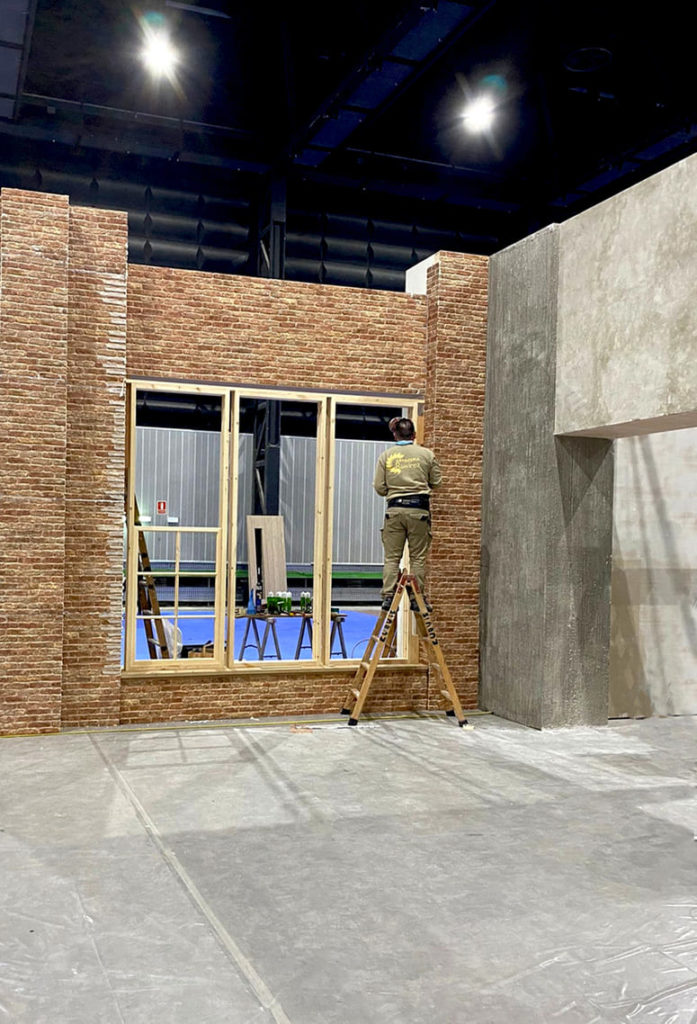
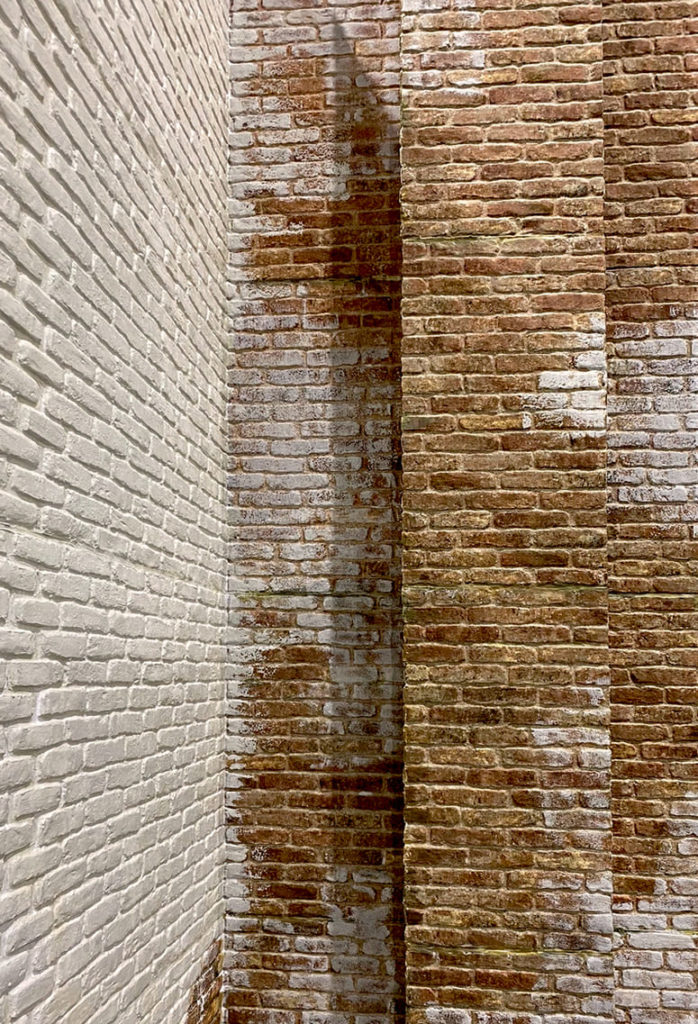
Intervention with paint on the plates
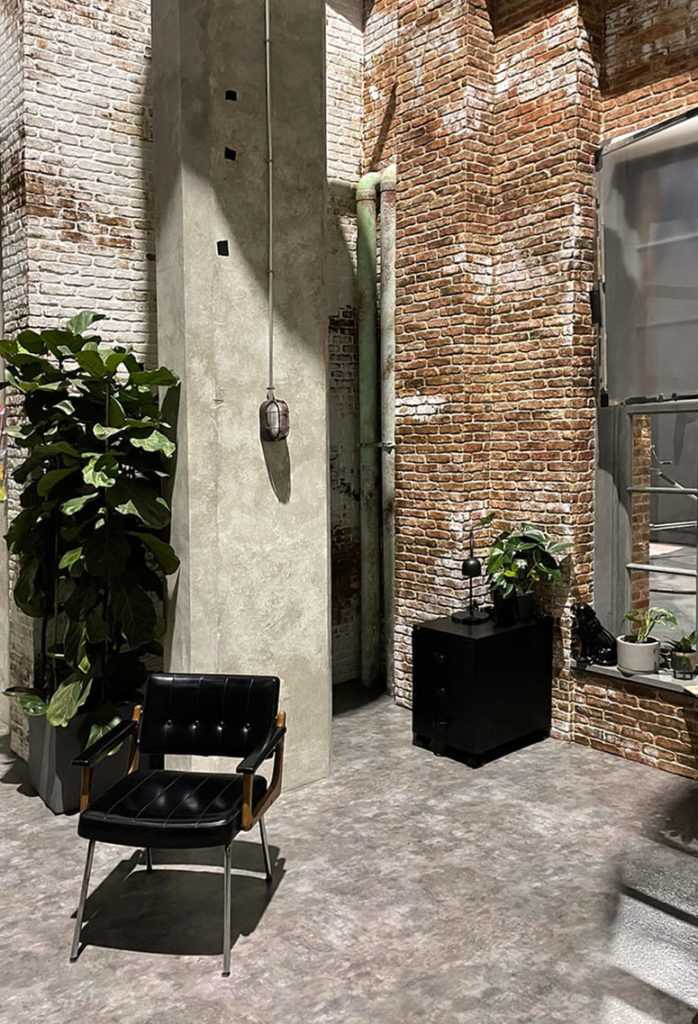
“final photo”
Our material is specially developed for the creation of EFFICIENT DECORATIONS.
There is no other material like it in the world!!!!
It is very light and easy to lay… One person can create a very real space in a very short time:
Roll presentation Less than 400 gr / m2 Without tools Can be painted and varnished over
The material is particularly light, so there are different ways of hooking or gluing it to the surface :
With a few staples it is perfectly fastened. To hide them, it is sufficient to apply some paint on top.
Double-sided adhesive. It also holds it perfectly. A few small pieces are enough.
If you want to hold the plate a bit more permanently, (acidic) silicone works very well. To hold it to the surface until it dries and stands on its own, you can help it with a bit of double-sided adhesive or some staples.
IMPORTANT!!!
Do not put adhesive or silicone all over the surface!!!!!!! You should not glue everything to the wall; it is not necessary because of its light weight, but above all you will deform the volumes we have made!!!!
If the wall on which you want to place the plank cannot be damaged, you can use some removable adhesive, and apply the silicone on it (but always do a small test first to check that everything goes well!!!!!).
To lay this type of sheet, the example of the bricks will work for all similar models.
Measure exactly where you are going to place the first row of bricks and stick a double-sided tape about 4 or 5 cm wide on the wall, so that you can stick a couple of centimetres of the bottom and a couple of centimetres of the upper one (in the picture, the tape is shown in blue).
Start by placing the first bottom left corner. You can fix it with a bit of silicone, double-sided, staples, staples…. you won’t need a lot of fastening as its low weight doesn’t require it.


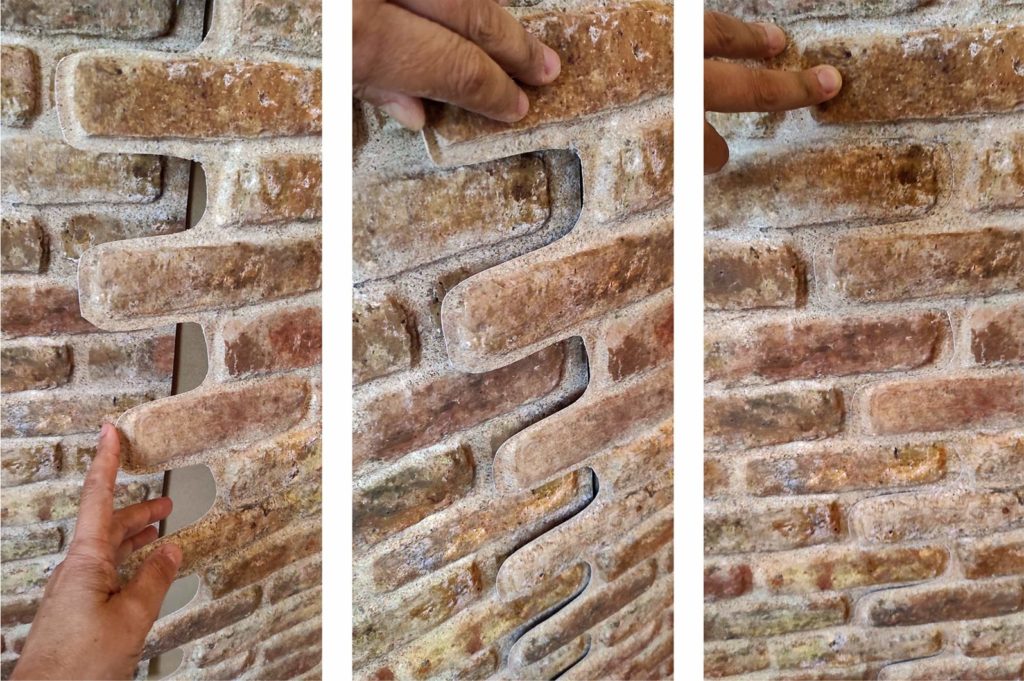
Once the bottom row is in place, follow the same system with the top row. You will see that the horizontal cut is not perfect, so in some places you may have to perfect the cut or make a touch up (left image).
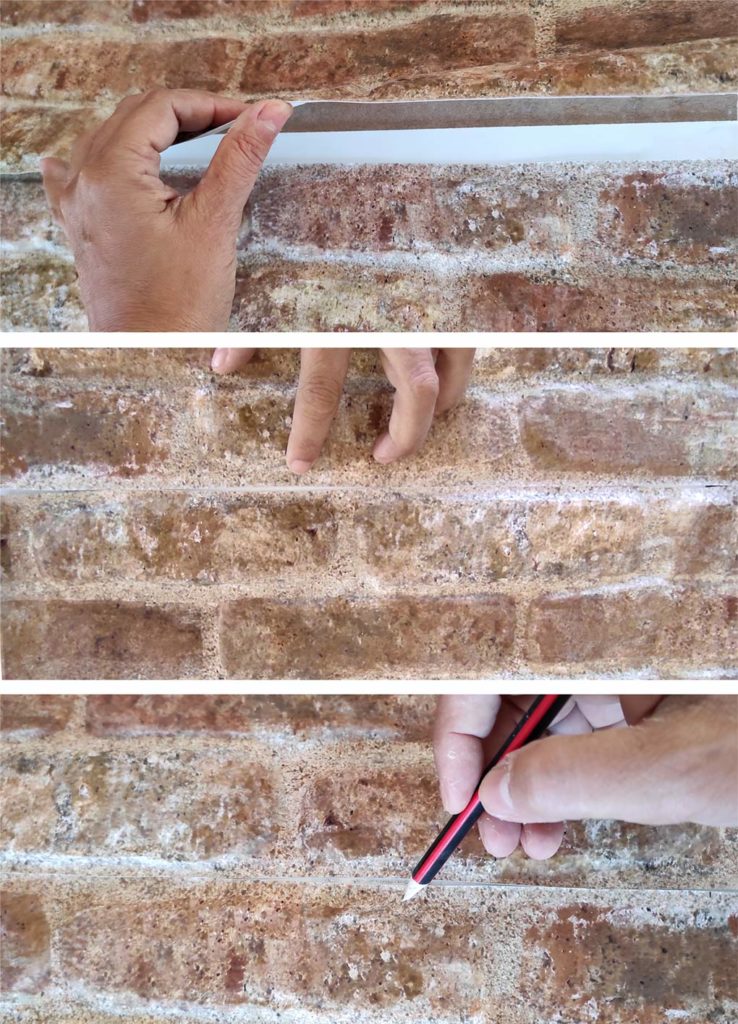
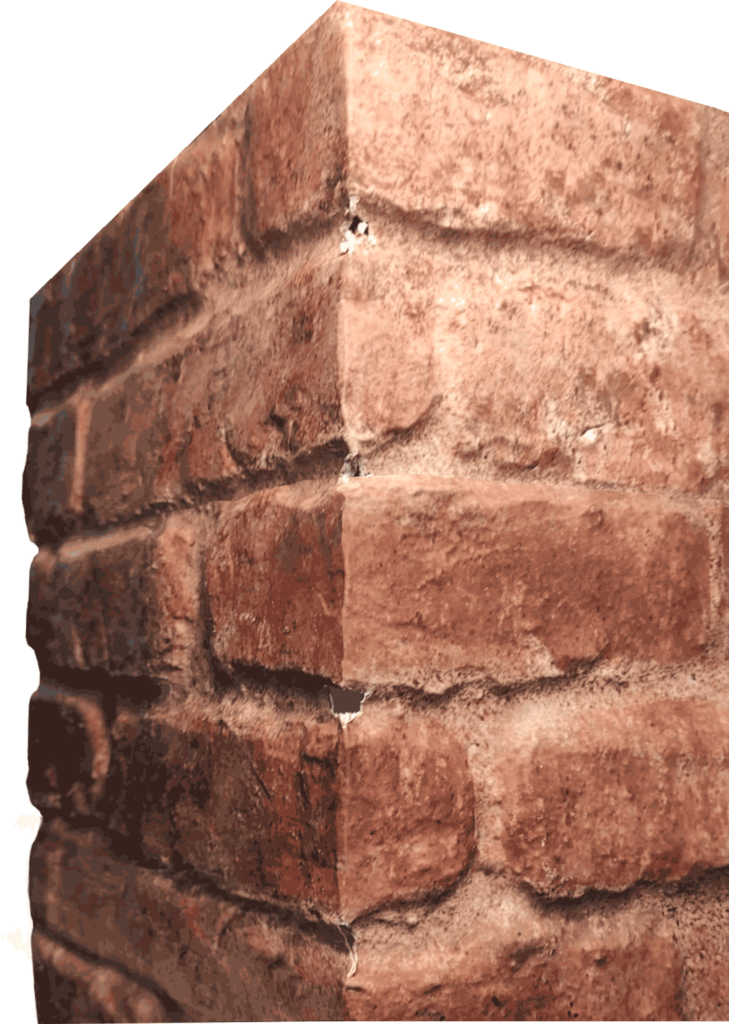
In the image on the right, note that to make corners you DO NOT NEED TO CUT THE PLATE!!!!!
With a little care, you can simply bend it. If you make a few small cuts in the “mortar” part (marked in blue), you will see that you can achieve very fast and effective results. Afterwards, with a few dabs of putty on the cuts, you will be done.
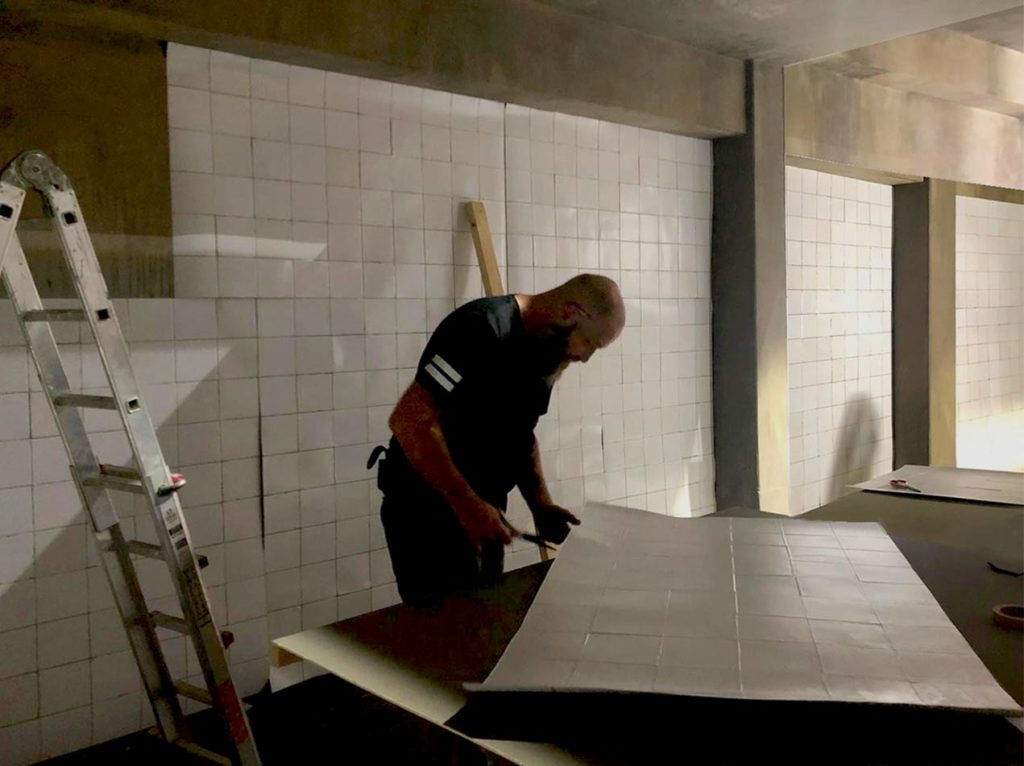
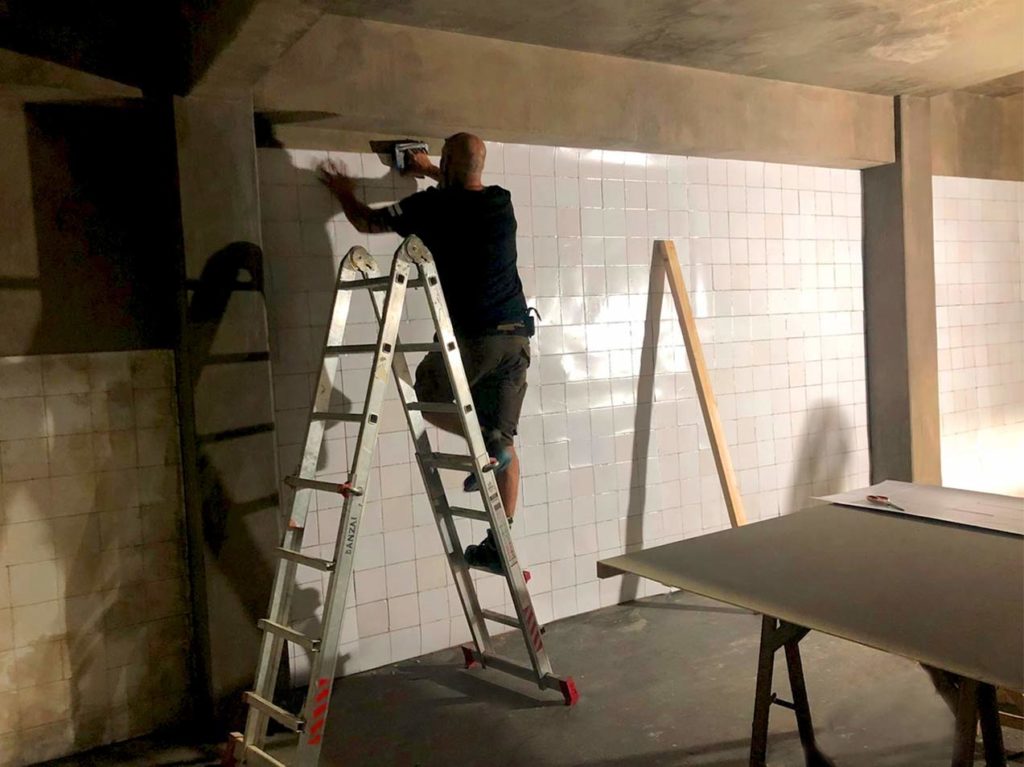
VERY IMPORTANT!!!!!!!
DO NOT GLUE THE WHOLE SURFACE…
In the following drawings we explain why
In black: tile in profile view
In blue: adhesive, silicone, double-sided…
In grey: wall on which it is applied
You see that if you glue the whole surface, you will “sink” the centre of the tile and ruin its shape.
Don’t panic !!!!! you don’t have to follow all the lines, because with just a few dots of adhesive it will hold well thanks to its low weight.
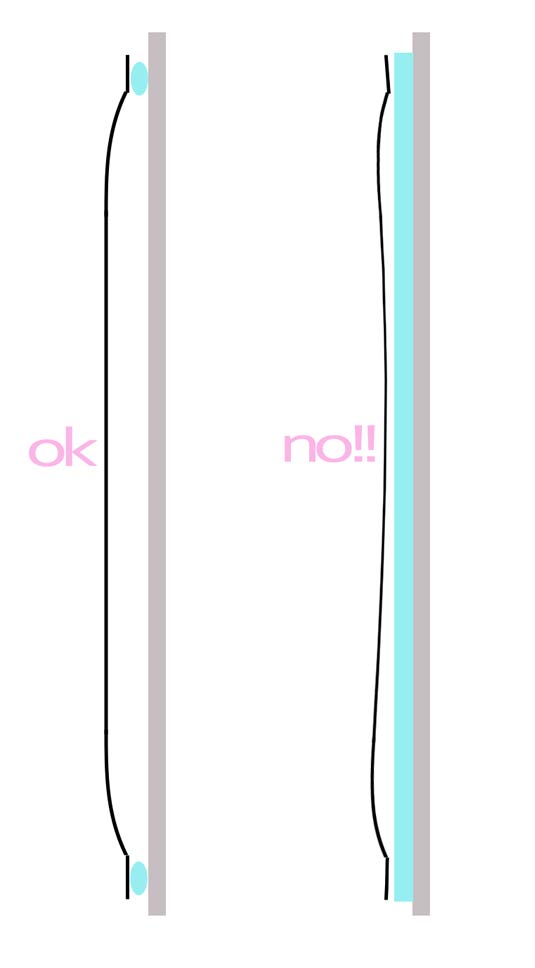
The material of the sheets is plastic, so with a very sudden change in temperature it could change its dimensions by a few millimeters. If you think that this could happen, try to glue the whole perimeter of the sheet better.
If it is going to come into contact with water, test it first. It doesn’t have to affect the plastic or the image, but it is not made for this purpose (in the case of the matt pieces, it has a water-based varnish. If you expect it to get wet, let us know and we can deliver it without varnish).
©2024. laWALL. All rights reserved.